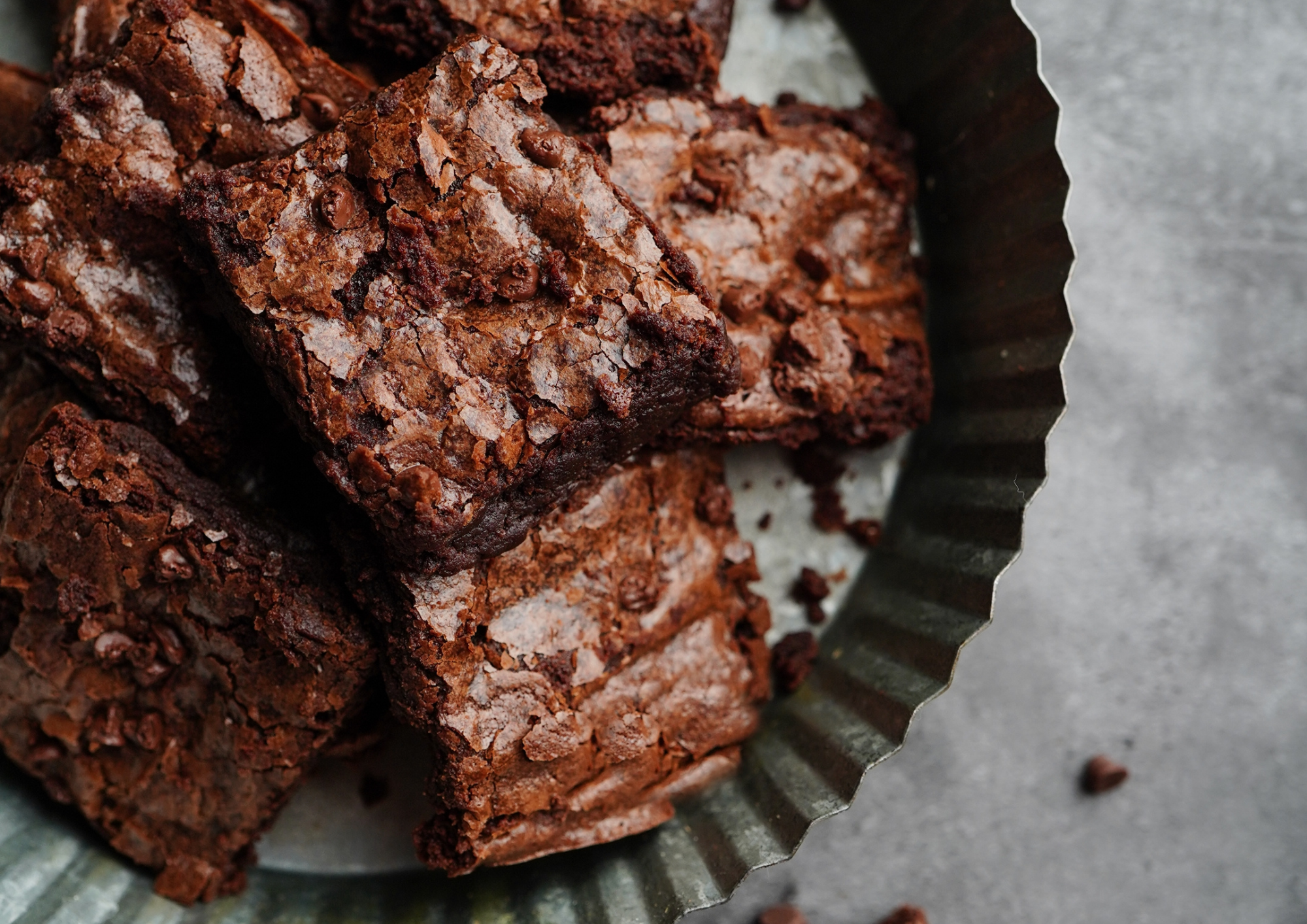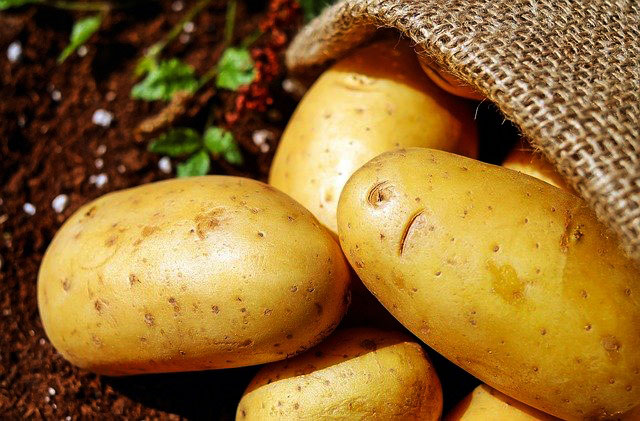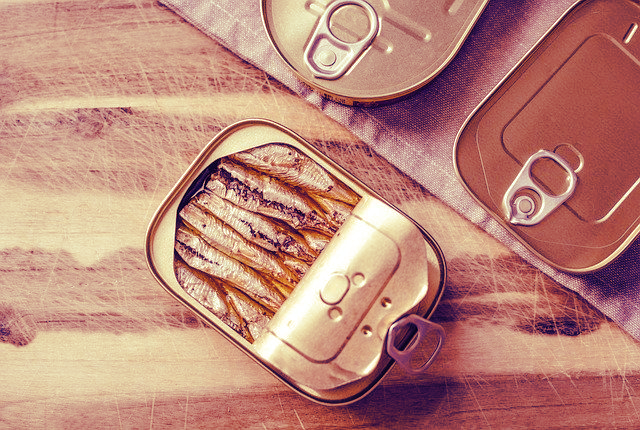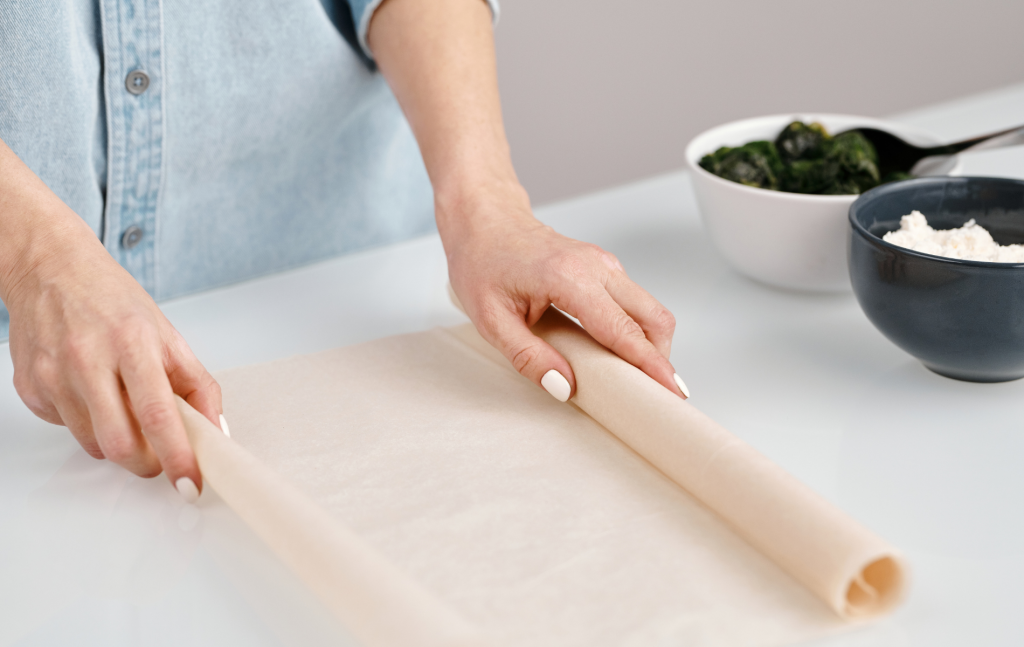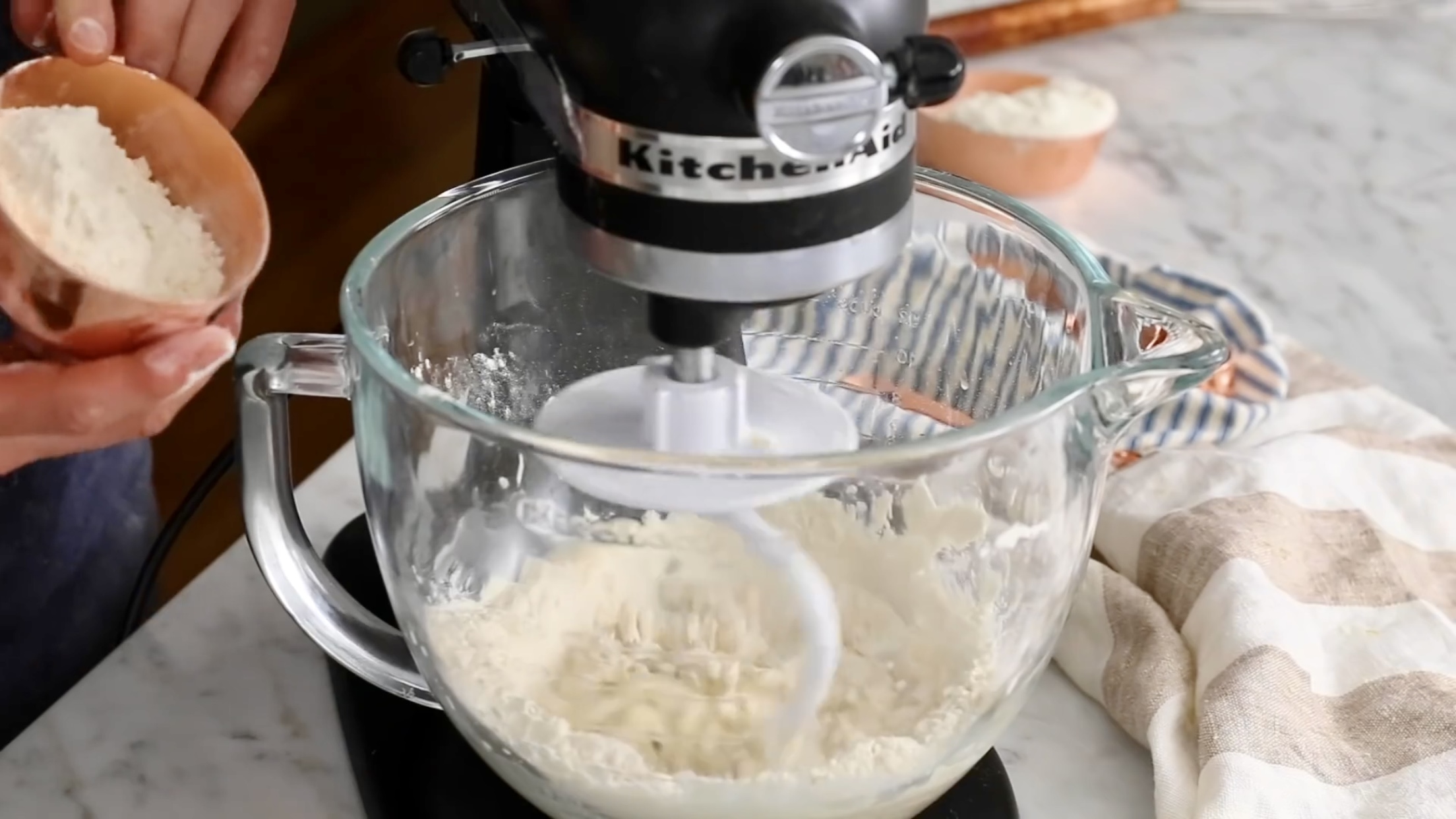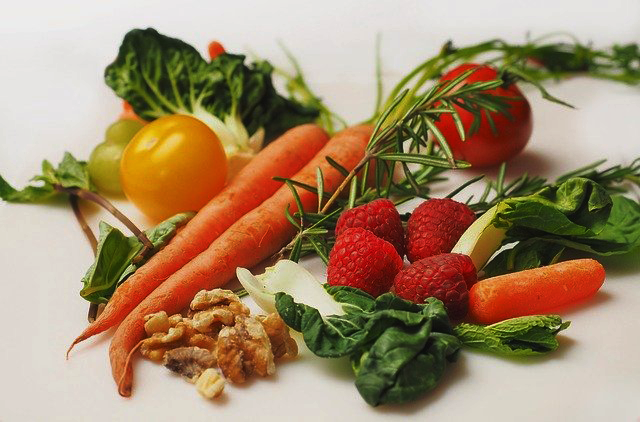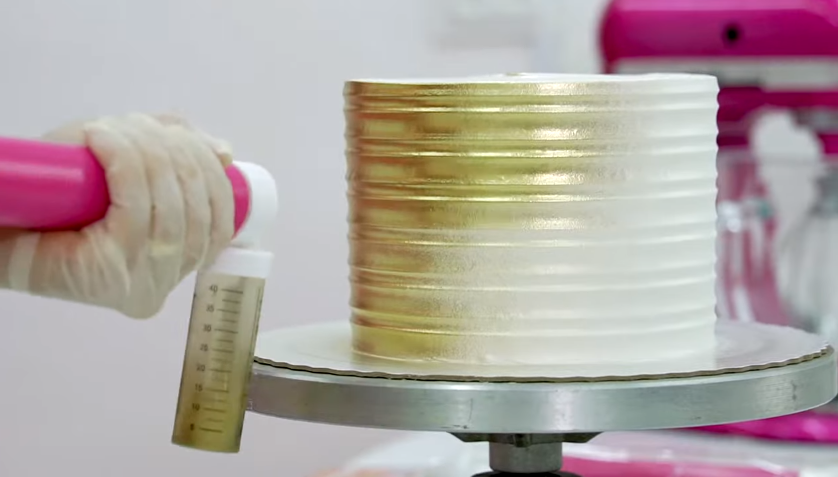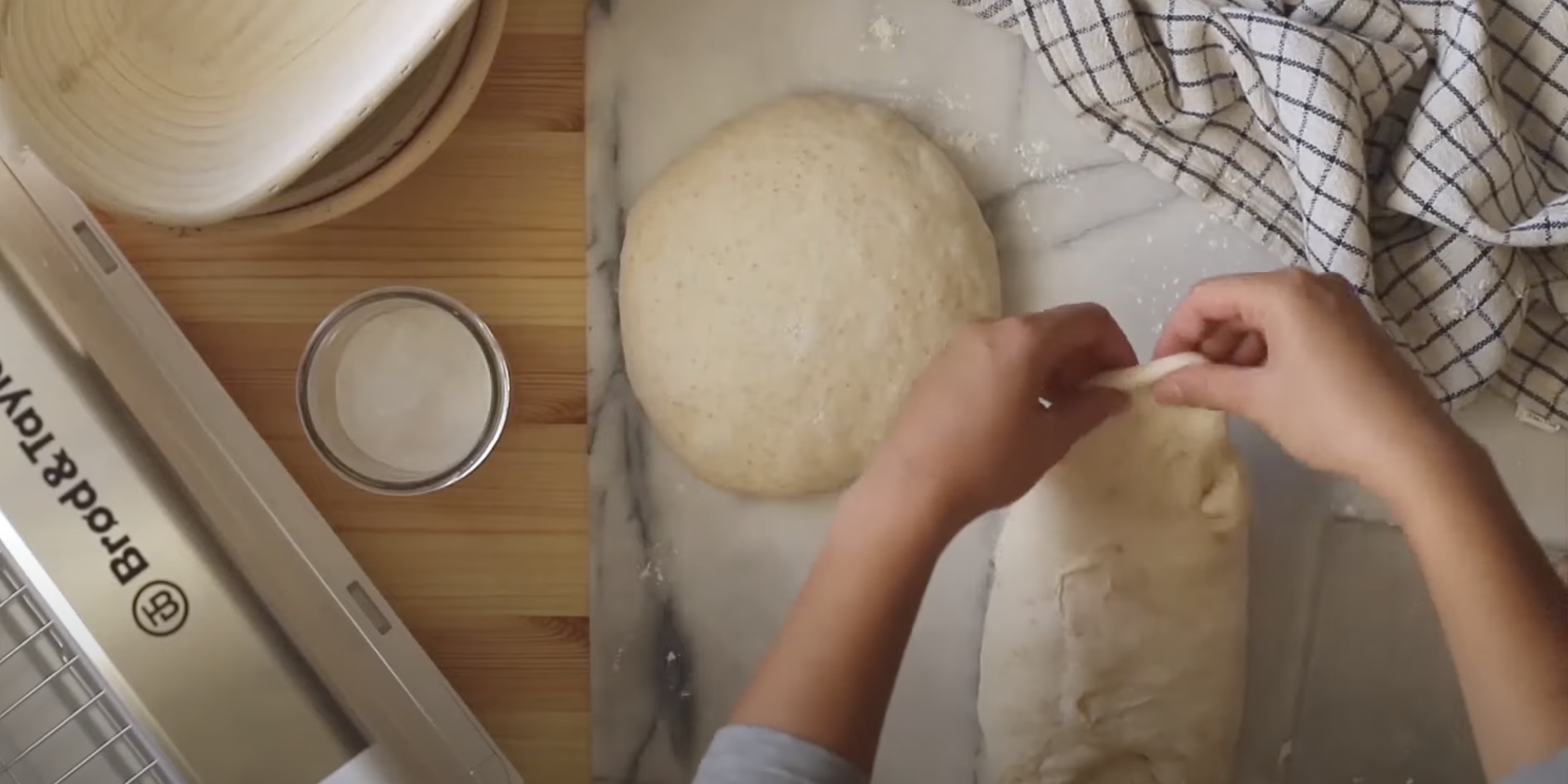Did you doze off during your childhood? When your parents were trying to convince you that tapioca counted as a legitimate dessert? That is was delicious, and that all those lumps were not the eggs - or worse, eyes - of some unpalatable creature that hid under your bed at night? Perhaps we come from different generations….
Tapioca is a starch extracted from the cassava plant, which is native to the western hemisphere, but now much more widely cultivated in Africa and Asia. It is produced in several forms: a flour, flakes, and pellets or pearls. As with cornstarch, tapioca flour is used as a thickener in both commercial and household cooking.
Pearl tapioca is responsible for the puddings of so many childhood memories. Alan Davidson, author of the weighty Oxford Companion to Food (Canada, UK), minces no words on the subject. Tapioca and other milk puddings are "sometimes despised by the ignorant," he says, "that is to say persons who have no knowledge of how good they are when properly made."
Pearl tapioca is found in most supermarkets in this country. Other forms are found in health food stores and some Asian markets.
Every box of pearl tapioca features a recipe for making a plain tapioca pudding, but for the slightly more daring, here is an old-fashioned British recipe that blends fruit with tapioca: Cold Cream of Tapioca and Redcurrants.
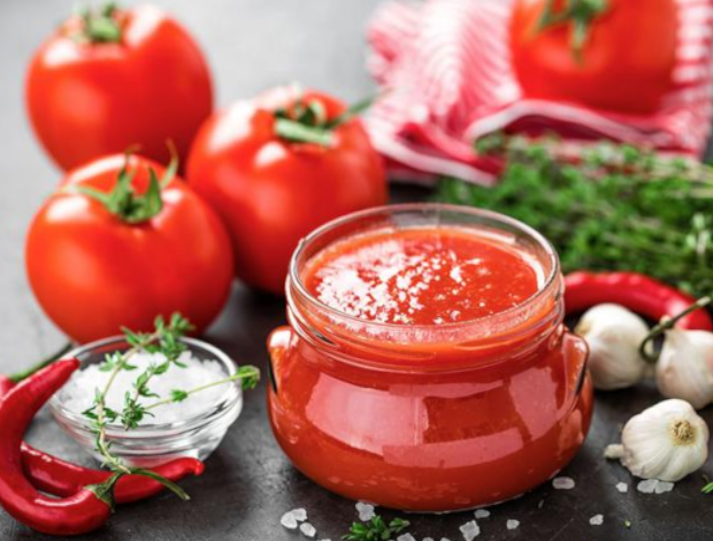
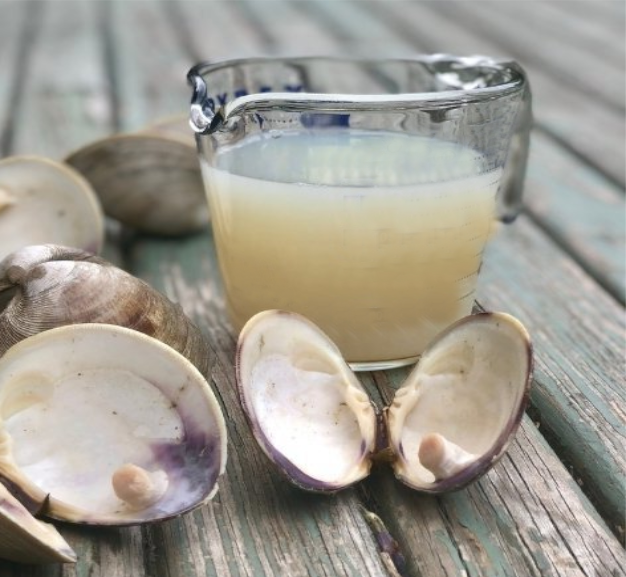
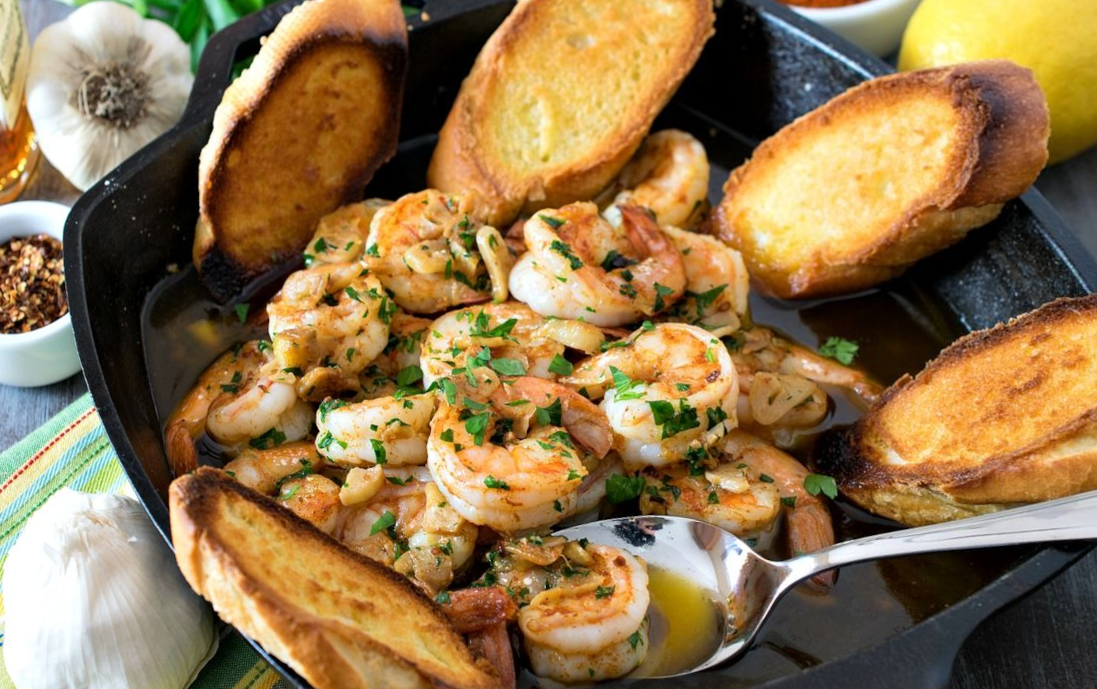

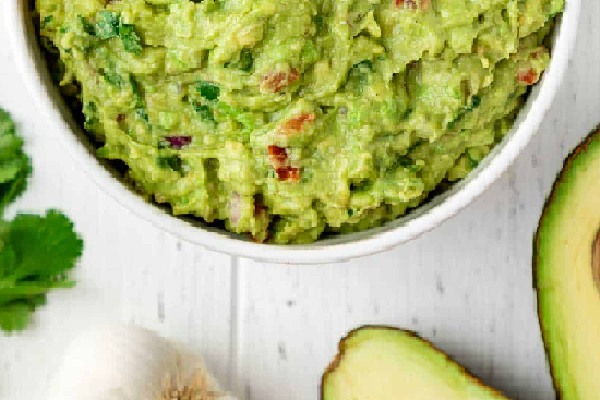
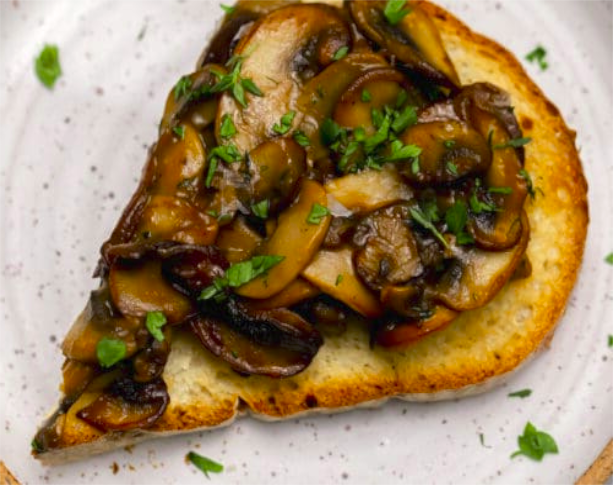
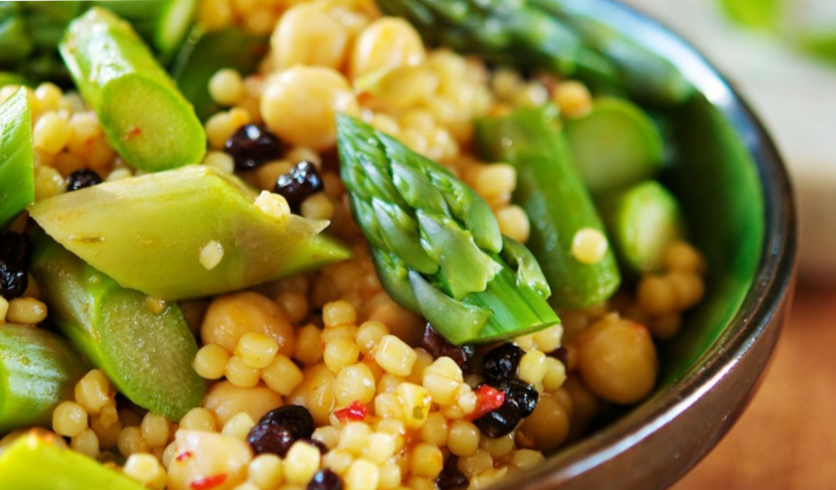

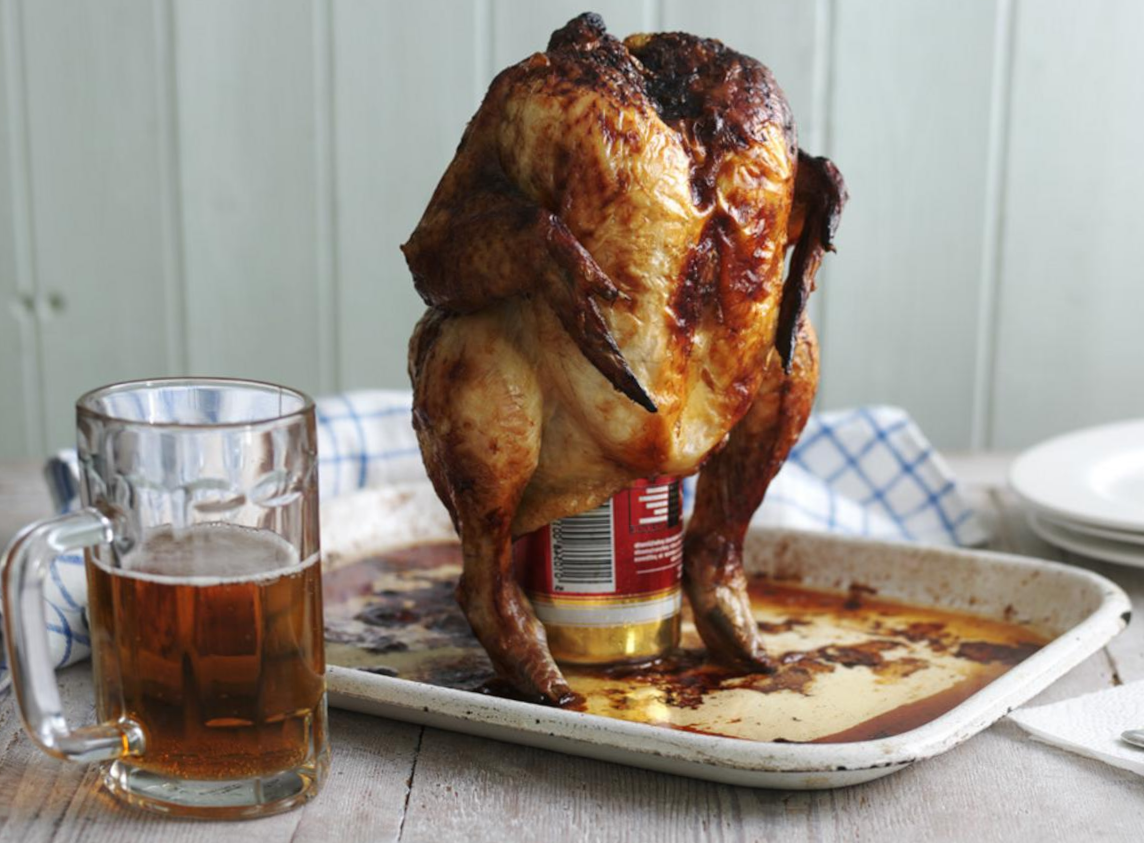
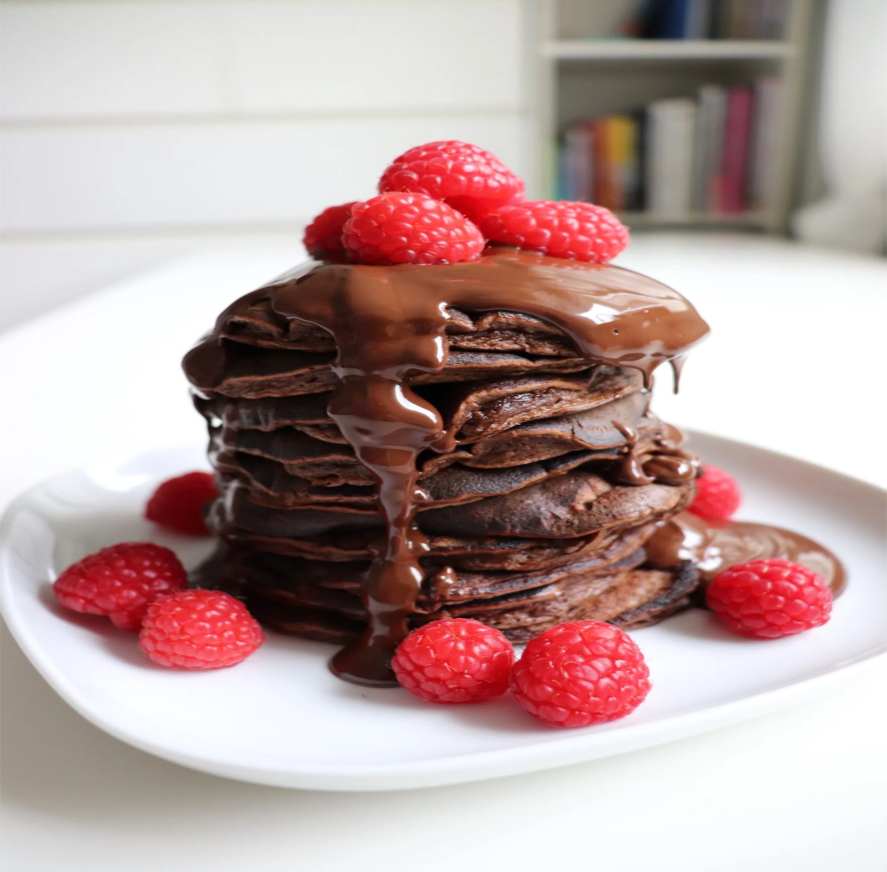
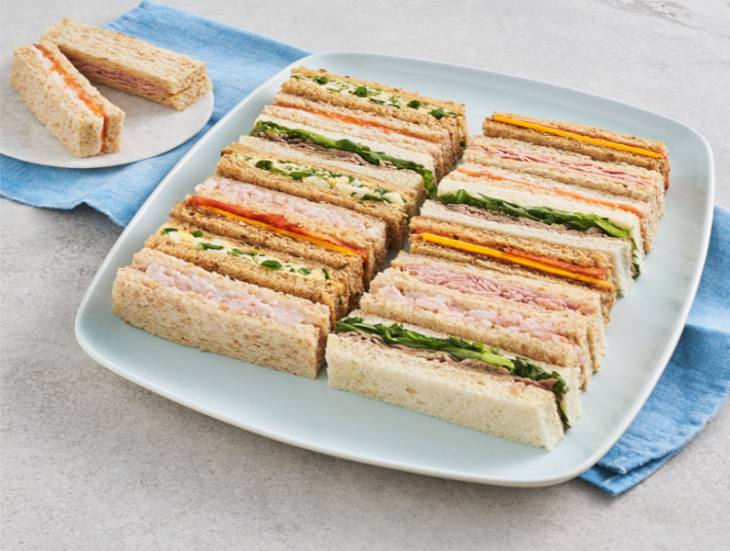




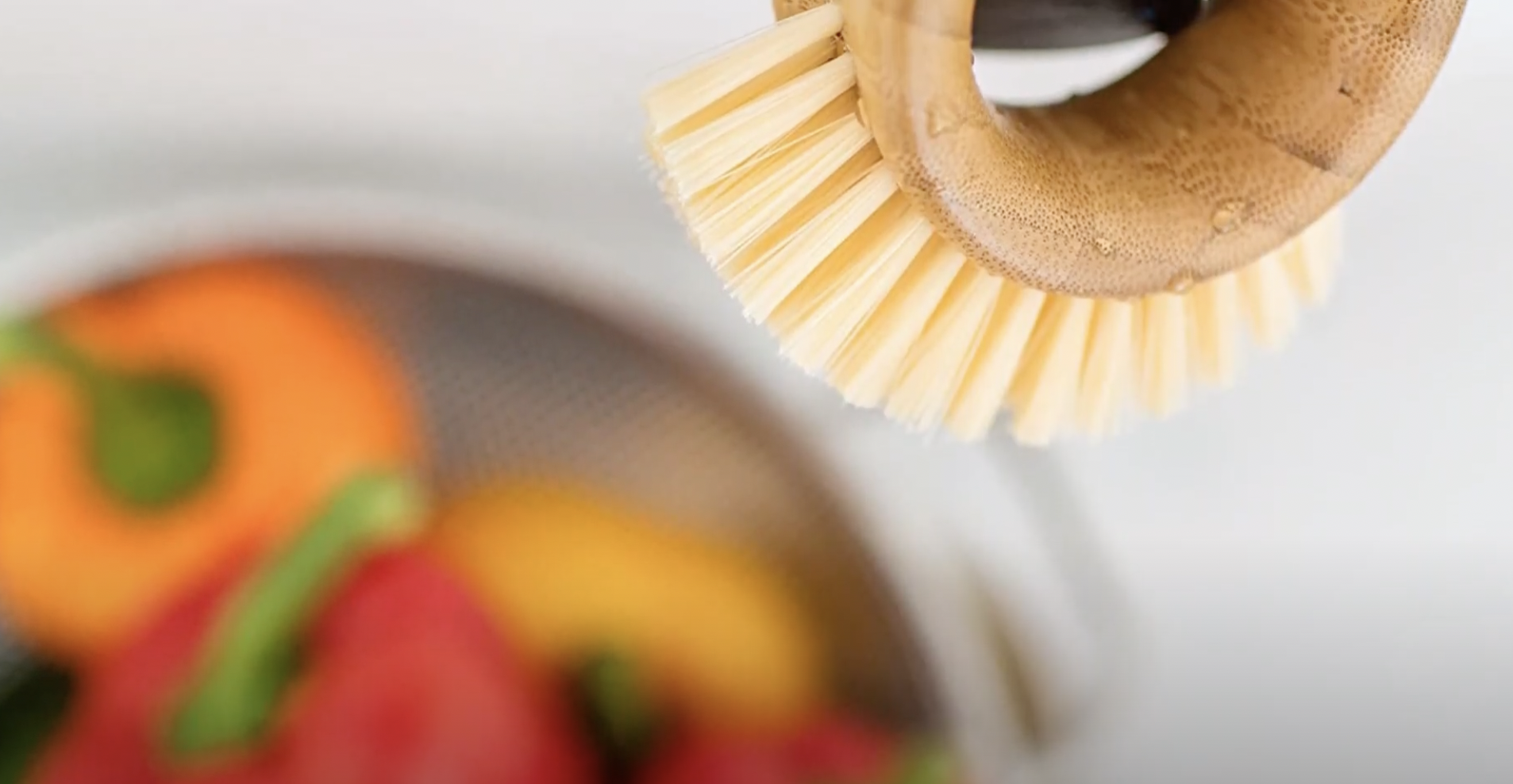

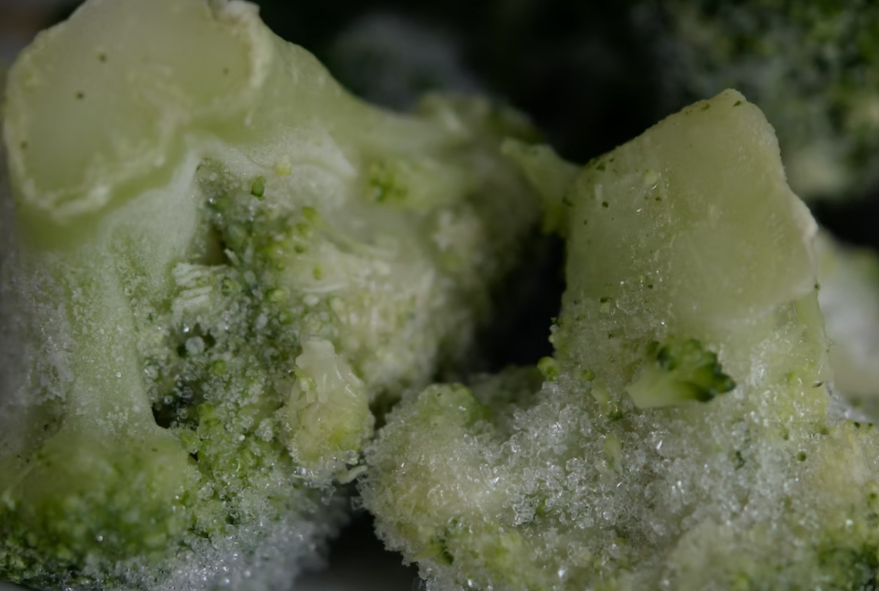

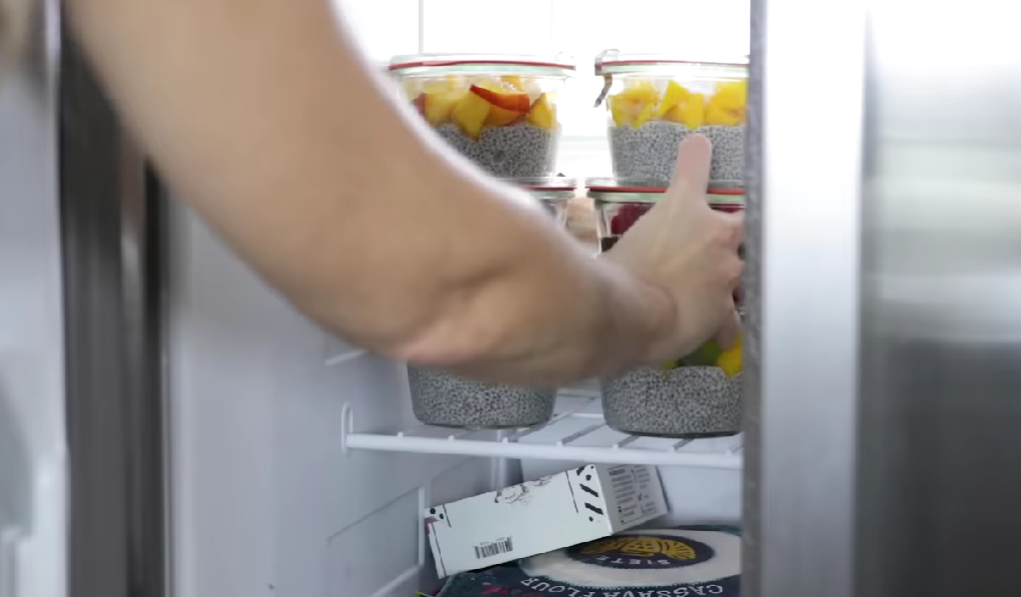
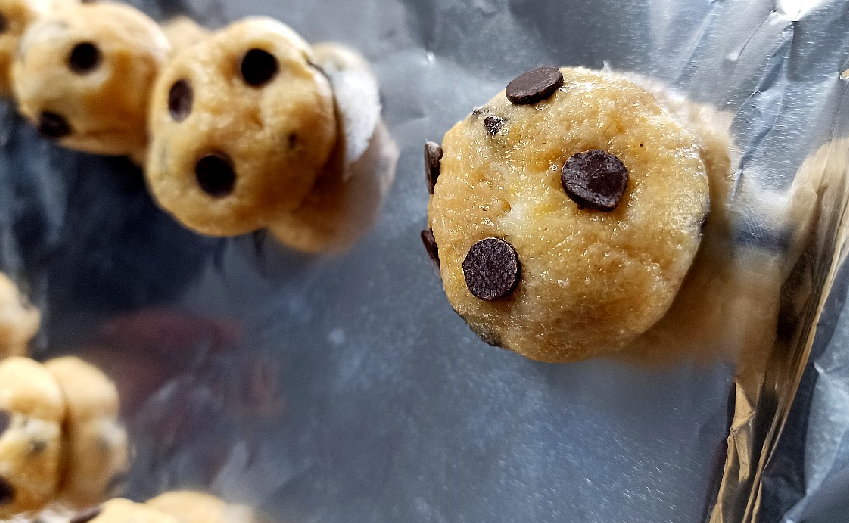
![Can you Cook Eggs in the Microwave? [Complete Guide]](/assets/images/c1f79d1cad59f18f9b5dc31403bd0eb2.png)
